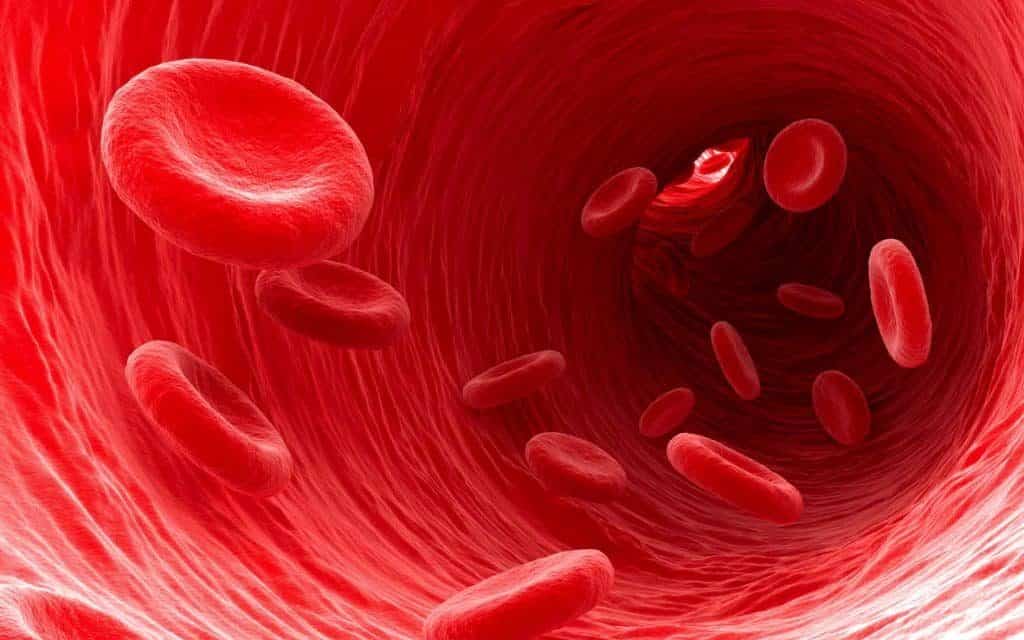Physicians should have discussions with their patients with CML who are considering discontinuing a TKI and those who experience pain after stopping a TKI.
“Past clinical trials have shown that some patients with chronic myeloid leukemia (CML) will experience increased musculoskeletal pain during an attempt to discontinue treatment with tyrosine kinase inhibitors (TKIs),” says Kathryn E. Flynn, PhD. “A few patients will even restart a TKI because of this pain, even if they don’t need the TKI to manage their CML.”
However, Dr. Flynn explains, the methods in which this information was recorded in past trials was solely based on physician reports of patient pain. “Ours is the first study to collect data from patients directly about their pain before and after the discontinuation attempt, and to examine what happens to pain over a longer period of time,” she says. “We now have additional information about trajectories of pain over time to share with patients who want to discontinue TKI.”
Both Patient- & Physician-Reported Data Collected
For a study published in Haematologica, Dr. Flynn and colleagues conducted the Life After Stopping TKI (LAST) study, a clinical trial of TKI discontinuation among patients with CML (N=172) from 14 US sites whose disease was well-controlled on a TKI. Patient-reported data was collected about symptoms and functioning for 3 years after a TKI discontinuation attempt.
“As with all trials, we also collected physician-reported adverse events associated with TKI discontinuation,” adds Dr. Flynn. “We plotted the trajectory of patient-reported pain over time using a piecewise mixed-effects ordinal logistic model.”
Before TKI discontinuation, most patients (77.8%) reported musculoskeletal pain. At baseline, 17.5% of patients reported very much pain; 25.2%, quite a bit; 35.1%, a little bit; and 22.2%, no musculoskeletal pain. Within 3 months of TKI discontinuation, the worst musculoskeletal pain rating was reported as ”very much” for 33.1% of patients; “quite a bit” for 37.2%; and “a little bit” for 25.0%. Eight patients (4.7%) consistently noted no musculoskeletal pain between baseline and 3 months; 62% reported an increase in one or more categories in musculoskeletal pain, and 13% reported an increase in pain in two or more categories.
Other Approaches to Managing Pain Should Be Explored
Dr. Flynn and colleagues noted that the trajectory of patient-reported pain was comparable for patients who did and did not restart a TKI for disease recurrence. “This suggests that other approaches to managing pain after TKI discontinuation should be tried so that patients can remain in treatment-free remission when possible, rather than restarting a TKI due to pain,” she says. “While the confidence intervals are wide due to small numbers, the proportions of patients with well-controlled pain are similar whether they are on or off a TKI, supporting our findings that other approaches to managing pain should be tried rather restarting a TKI for pain (Figure).”
Dr. Flynn and colleagues emphasize that it is important for physicians to have discussions with their patients who are considering a TKI discontinuation attempt and those who experience pain after stopping their TKI.
Increasing Physical Activity Can Help Mitigate Pain
“In previous publications from this trial, we showed that patients are likely to feel less fatigue after stopping their TKI,” Dr. Flynn notes. “Our study has shown that musculoskeletal pain improves with time after TKI discontinuation. In addition, behavioral or cognitive strategies for managing pain should be considered for patients who experience increased pain. The use of analgesics and/or anti-inflammatory pain medication may be useful.”
Dr. Flynn also suggests that physicians use TKI discontinuation as a chance to inspire patients to increase their physical activity, as a result of the expected improvement in fatigue, and that increased physical activity may also alleviate the potential increase in musculoskeletal pain. “We are currently conducting some pilot work on this topic and hope to investigate this more robustly in the future,” she says.
For future research, the study team would like to see these results expanded to other studies. “Our results are from a single clinical trial and should be confirmed in other studies,” Dr. Flynn adds.



 Martta Kelly
Martta Kelly